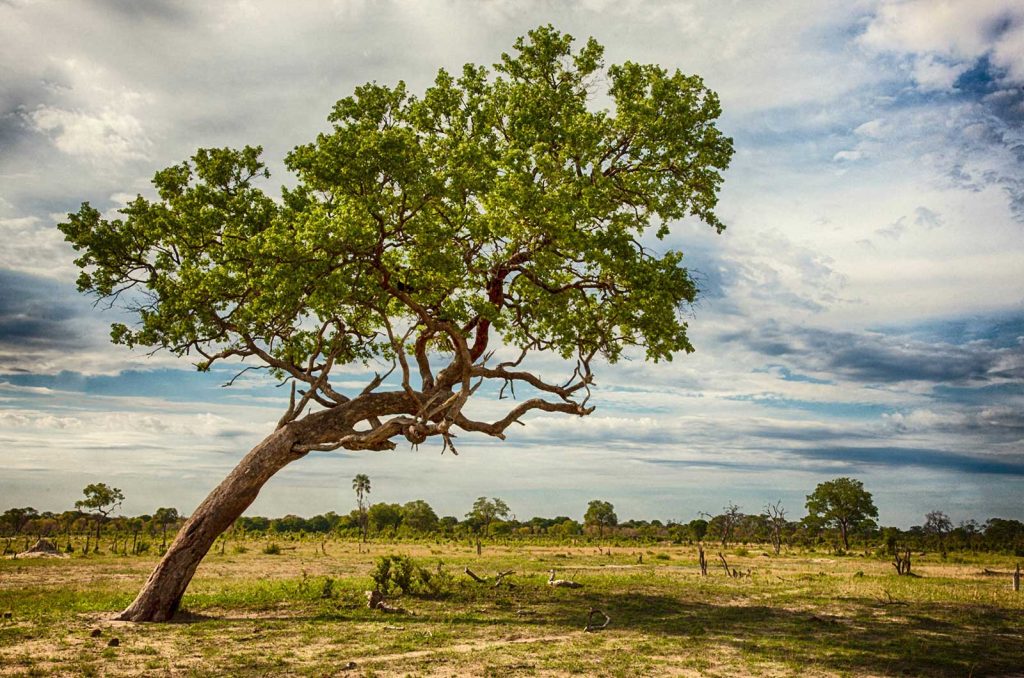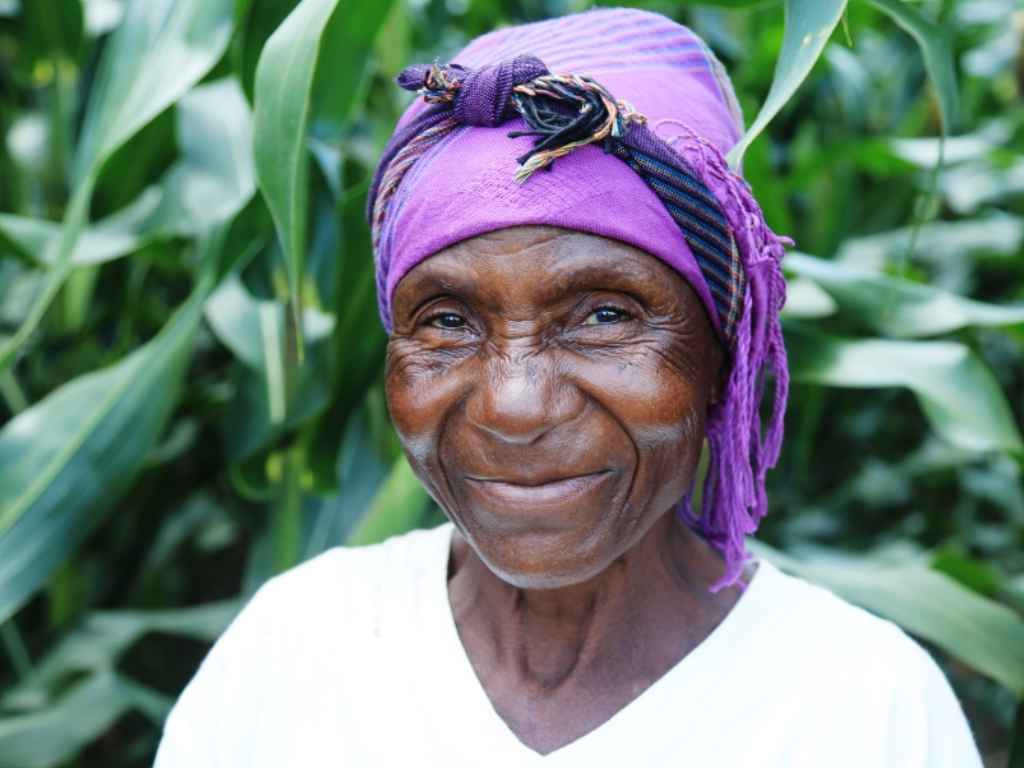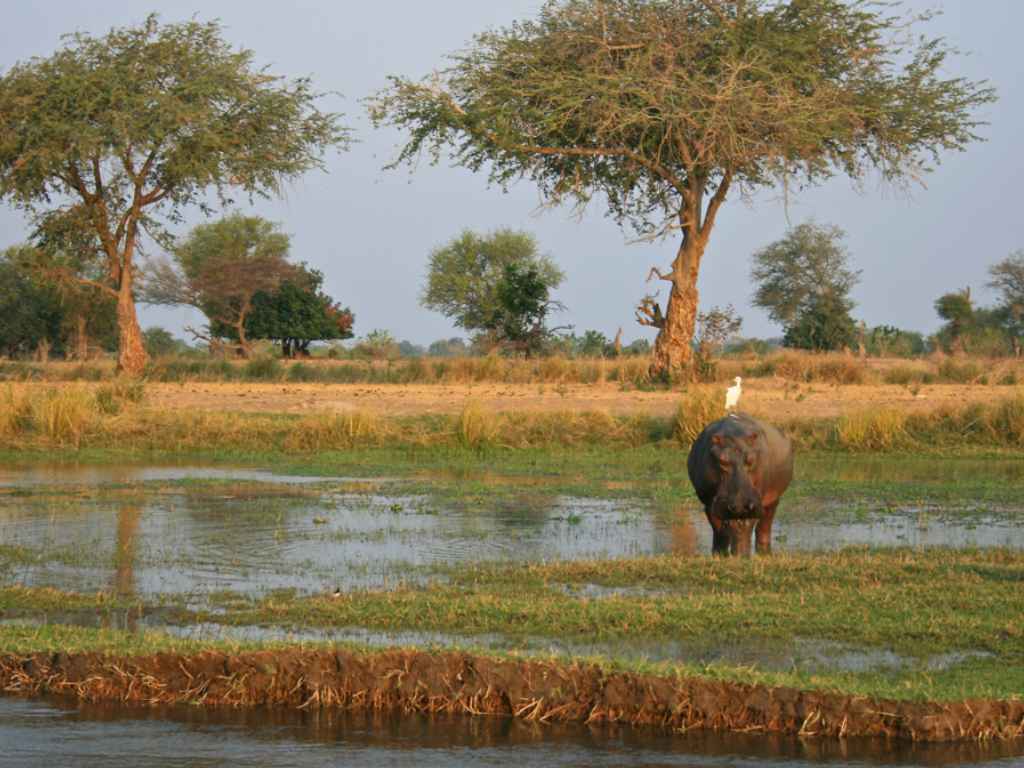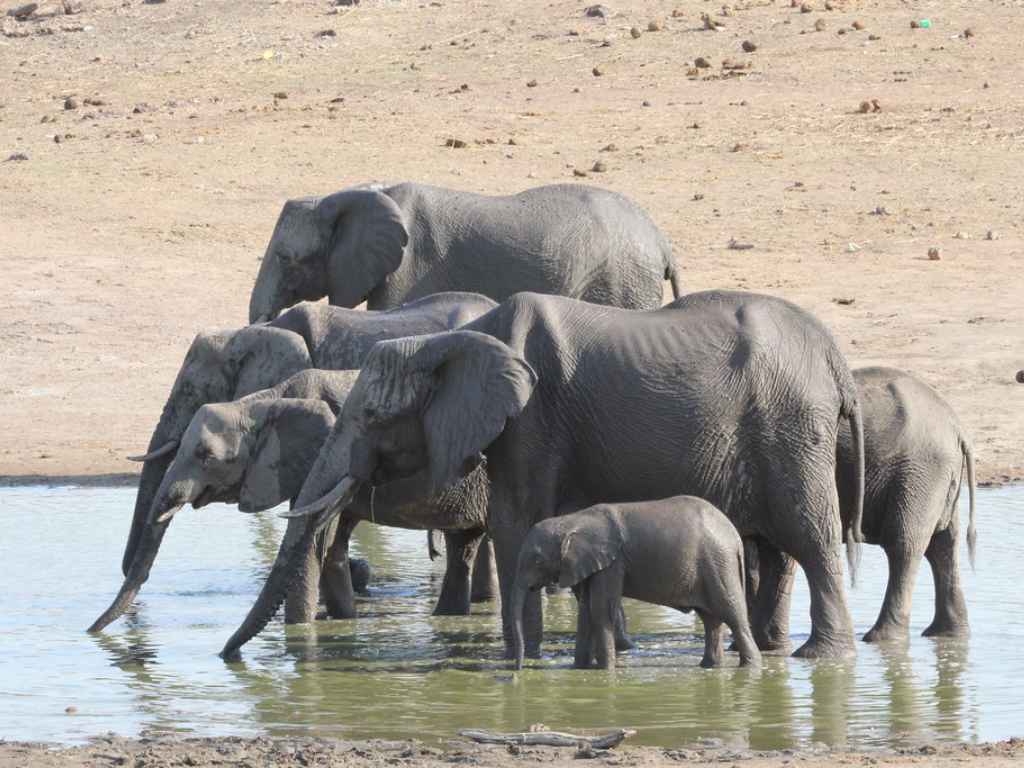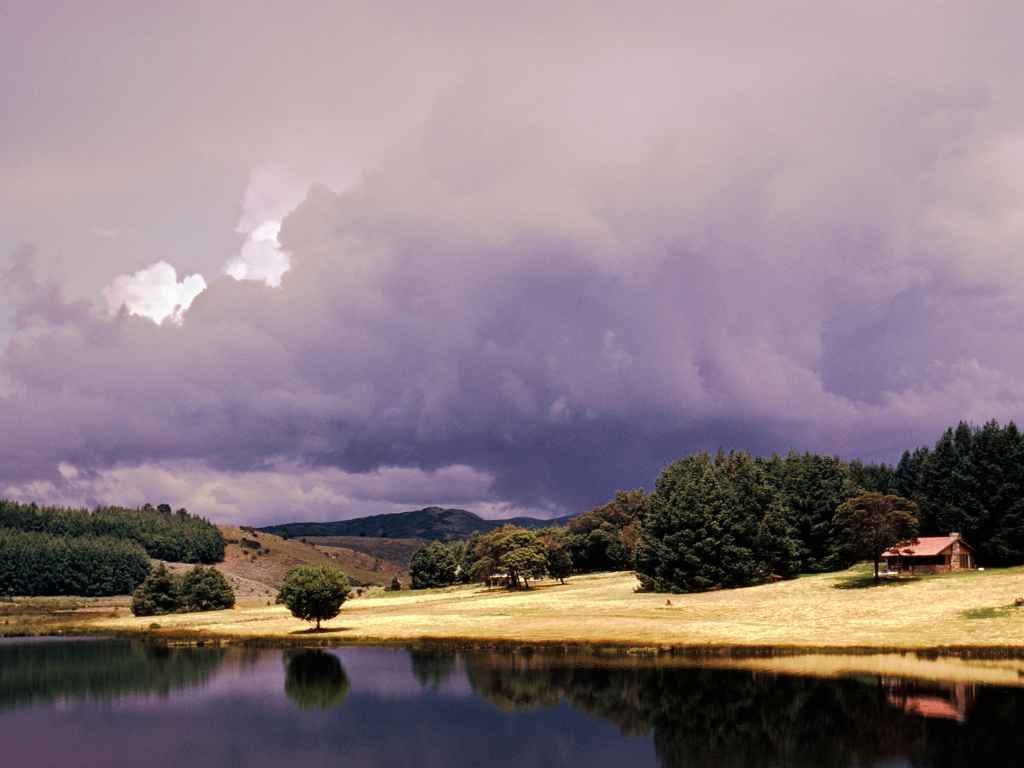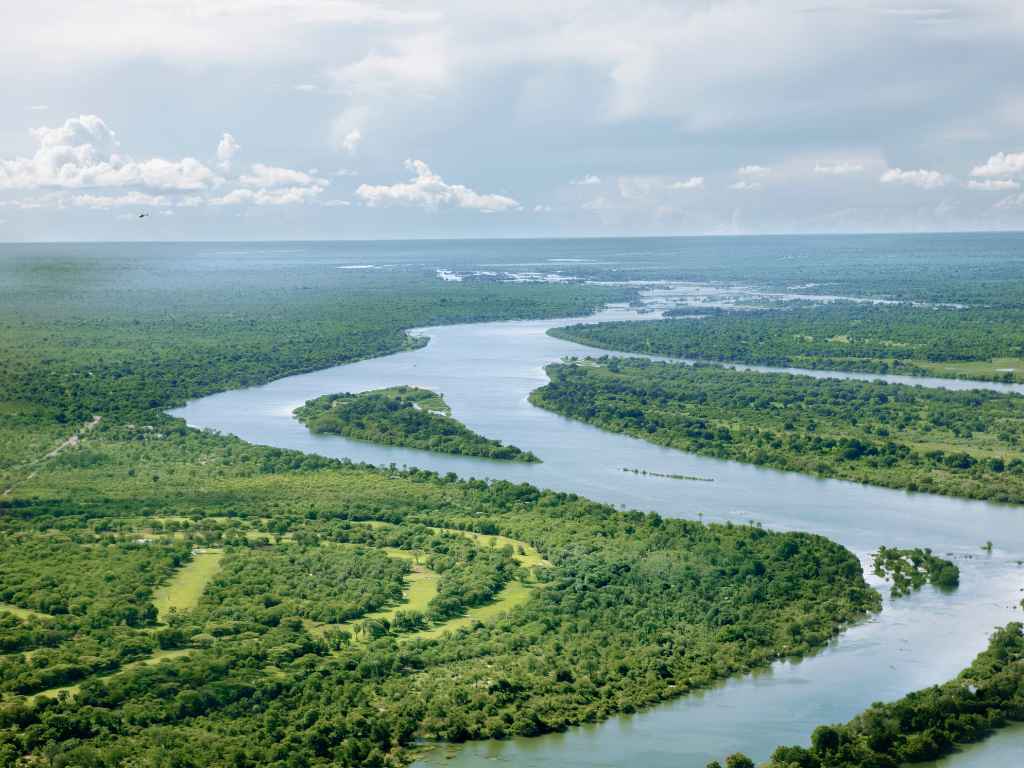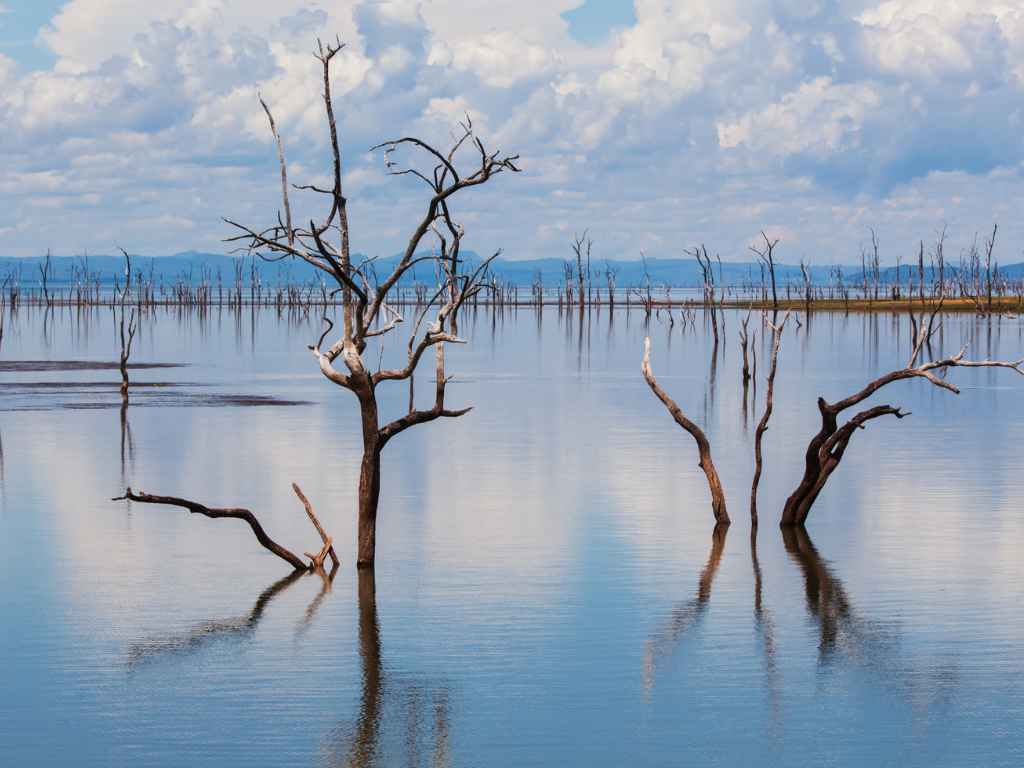We’re about to embark on an exciting journey through the wild heart of Africa – the Zambezi Valley. This breathtaking landscape, carved by one of the continent’s mightiest rivers, is a treasure trove of wildlife, culture, and adventure.
The Zambezi Valley isn’t just a geographical marvel, it’s a testament to the power and beauty of the natural world. It’s a place where elephants roam freely, where the thunderous Victoria Falls cascades with unparalleled majesty, and where the sunsets paint the sky with a palette of colors so vivid, they’ll leave you speechless.
Introduction
Overview of the Zambezi Valley
The Zambezi Valley, an imposing natural spectacle, asserts itself as an unparalleled destination. It’s an arena where nature flaunts her untouched beauty, brimming with a copious diversity of flora and fauna. For example, majestic elephants embarking on their daily sojourns weave an extraordinary story. Unceasing and powerful, the Zambezi River shapes the valley’s visage, lending charisma to the picture-perfect landscapes. Life finds rhythm in the river’s movement, the colossal Victoria Falls’ thunderous roars, and the palette of colors painted by vibrant sunsets.
Location and Geography
Geographical boundaries place the Zambezi Valley primarily within the territories of Zambia and Zimbabwe, while also spanning parts of Angola, Namibia, and Mozambique, according to the authoritative African Wildlife Foundation (AWF). The Zambezi River, the continent’s fourth-largest river system, navigates the land and gives the valley its name. A splendid example of the river’s power is the world-renowned Victoria Falls, recognized as a World Heritage Site by UNESCO. Tactile proof of the centuries of erosion and sedimentation, this geological wonder testifies to Earth’s dynamic processes. The Zambezi Valley, inescapably, is a geographical grandeur in the heartland of Africa, waiting to be discovered.
The Mighty Zambezi River
Source, Course, and Tributaries
It begins its epic journey in Zambia’s Northwest corner, thereafter taking on a grand 2,574 miles through six different countries before reaching its end at the Indian Ocean. This majestic river, among Africa’s four longest, nourishes significant tributaries such as the Luangwa and Kafue Rivers, providing essential water resources for diverse flora and fauna.
Unique Ecosystems
Riverine Forests
Indeed, the Zambezi River cradles a diverse range of ecosystems. Along the banks of the river, flourishing riverine forests abound – the homes and sanctuaries for an array of species like the African Fish Eagle, and mammals like impalas and bushbucks.
Floodplains and Wetlands
Not just forests, vast floodplains and wetlands blanket the river’s course, such as the famed Barotse Floodplain. These wetlands serve as breeding grounds for numerous species of frogs, fish, and bring forth an enticing spectrum of birdlife – a haven for any birdwatcher.
Geological Features
Gorges and Canyons
Leaving behind the floodplains, the river carves through a series of dramatic gorges and canyons, exemplifying its derived nickname, “The Great River.” Lush vegetation and a cornucopia of birds, including peregrine falcons and black storks, bestow these gorges with a vibrant display of nature’s splendor.
Victoria Falls
Continuing its relentless pursuit, the Zambezi River then plunges 354 feet into the Victoria Falls, one of the Seven Natural Wonders of the World. The falls, known locally as Mosi-oa-Tunya, “The Smoke That Thunders,” create a constant spray that transforms the surrounding area into a lush rainforest, providing an unmatched spectacle of nature’s power and beauty. Victoria Falls is not just a geographical delight, it’s an experience in magnificence, beckoning visitors from far and wide. The omnipresent roar, the enveloping mist, the glimpse of awe-inspiring rainbows, all create an enchanted environment around Victoria Falls, portraying the very essence of the mighty Zambezi River.
Wildlife and Biodiversity
Embodying a kaleidoscope of life, the Zambezi Valley fosters a diverse range of animal species. Through this section, I aim to shed light on some of the prominent creatures that thrive in this ecosystem, as well as the efforts undertaken to conserve them.
Animal Species
A roll call of the Zambezi Valley’s animal kingdom includes elephants, hippopotamuses, lions, leopards, hyenas, and a myriad of bird species, among others.
Elephants and Hippos
Zambezi Valley hosts sizeable populations of both elephants and hippos. Elephants use their long trunks to pluck leaves and twigs, even from tall trees, symbolizing a perfect harmony between the fauna and its habitat. Hippos, on the other hand, are semi-aquatic beasts that spend the majority of their days languidly soaking in the river’s current, exiting by dusk to graze.
Predators (Lions, Leopards, Hyenas)
On the list of predators, lions, leopards, and hyenas command intimidating respect. Lions move in prides, presenting a formidable display of power and unity. Leopards, skilled climbers and proficient swimmers, use their sharp skills and strength for survival. Hyenas, despite their reputation, display complex social structures, providing a unique viewpoint into predator behavior.
Birdlife
The Zambezi Valley is also home to an estimated 350 bird species. Eagle-eyed bird watchers can spot species like the African fish eagle, the lilac-breasted roller, or the deeply threatened Southern Ground-Hornbill.
Conservation and Sustainable Tourism
In this biodiverse sphere, concerted actions are critical to balance conservation and tourism.
Community-Based Initiatives
In the Conservation Frontier of the Zambezi, community-based initiatives work to merge local livelihoods with the conservation of realm. By involving local communities in managing natural resources, these initiatives foster a sense of ownership and responsibility towards the land.
Anti-Poaching Efforts
To guard the region’s animal species, substantial efforts are taken to combat poaching. Anti-poaching units’ patrol the boundaries and hotspots for illicit activities, ensuring the longevity of the Zambezi Valley’s rich animal diversity.
In the Zambezi Valley, the rhythm of life continues, framed by the orchestration of nature and human intervention. It is this delicate dance that offers a glimpse of wildlife brilliance and biodiversity.
Outdoor Adventures and Activities
In the heart of the captivating Zambezi Valley, one finds a treasure trove of outdoor adventures and activities. These experiences are not only thrilling but offer a distinct perspective of the region’s diverse fauna, vibrant landscapes, and the placid yet powerful Zambezi River itself.
River Safaris and Cruises
Sublime sunsets painted across African skies, coupled with wildlife skirting along the riverbanks, makes Zambezi River safaris and cruises an unmissable delight. These journeys take you closer to the heart of the Valley. Hopping on a luxury river cruise eases your way through the calm waters, meeting hippos, elephants, and countless bird species along your route.
Canoeing and Kayaking
Fresh rushes of adrenaline are best felt canoeing or kayaking along the Zambezi River. Paddling through its vast water ways, against the backdrop of spellbinding landscapes, is a riveting experience. Your journey becomes more rewarding when you encounter pods of hippos or a distant elephant splashing about.
Fishing
Venture into the peaceful side of Zambezi adventures by indulging in angling. The Valley is known for being a premier destination for fishing, home to captivating species like Tigerfish and Vundu. The excitement of a catch against the serene ambiance of the river promises a unique experience that attests to Zambezi Valley’s biodiversity brilliance.
Walking Safaris and Hiking
For the land lovers, immersive walking safaris and hiking are part of Zambezi Valley’s charm. Hiking trails woven through the valley take you through its diverse flora and fauna, offering a more intimate connection with nature. Walking safaris, on the other hand, lure you into deeper adventures where your journey is often marked by sights of prowling lions, skulking leopards or a herd of elephants passing by in their natural habitats. These adventures stand as a testament to Zambezi Valley’s delicate balance between wild magnificence and the sustainable initiatives that maintain it.
Accommodation Options
Nestled amidst Africa’s wilderness, Zambezi Valley provides guests with various accommodations. Whether you desire a luxury lodge, a serene campsite, or a well-equipped facility within an accessible town, the region has got you covered.
Lodges and Camps
Along the Zambezi River
Positioned within the riverine forests, numerous lodges and camps dot the Zambezi River. These establishments offer breathtaking views, indeed making the most of their exceptional locations. Examples include the famed Gorges Lodge, Zambezi Sands River Camp, and the luxurious Royal Zambezi Lodge. Guests here can revel in the river’s serenity, admire different wildlife species, and observe the spectacular scenery.
Private Concessions
Private concessions present another remarkable option, boasting exclusivity and privacy. Properties like the Mana Pools Private Concession and the Lower Zambezi National Park Private concession provide opportunities for intimate wildlife encounters. Additionally, they offer a range of fauna-focused activities such as guided bush walks, night drives, and canoeing expeditions.
Camping
Designated Campsites
If you’re a camping enthusiast, Zambezi valley features designated campsites in spots like Mana Pools National Park and Matusadonha National Park. These spots provide aplenty safe spaces for campers, each with its unique appeal, from panoramic views to proximity to wildlife.
Mobile Camping Safaris
For an immersive wilderness experience, mobile camping safaris are an ideal choice. This accommodation style allows guests to navigate different areas of the valley. Companies like Wild Horizons and Bushlife Safaris specialize in offering such itineraries, bringing guests closer to the region’s heart and its rich biodiversity.
Nearby Towns and Facilities
Settlements adjacent to Zambezi Valley, like Victoria Falls town and Kariba, offer a variety of facilities. These towns host hotels, lodges, and guest houses, catering to varying budget ranges. They position visitors within easy reach of the valley, yet give access to the amenities of urban life. These facilities can serve as an excellent base from which to explore the untamed beauty of the Zambezi Valley.
Getting to the Zambezi Valley
Getting to the Zambezi Valley entails multiple options, catering to varying preferences and budgets.
By Air
Reaching the Zambezi Valley by air proves to be both quick and convenient. Not only international flights to major cities such as the capital of Zambia, Lusaka, and Zimbabwe’s largest city, Harare are operational but also flights from regional hubs like South Africa and Botswana are accessible. From these cities, connective domestic flights operate to smaller towns near the Zambezi Valley. However, remember, flight availability and schedules may vary based on the season.
By Road
While air travel offers a speedy arrival, road travel provides a scenic journey.
Self-Drive Routes
If you’re an adventure enthusiast, self-drive routes are a great way to explore the area at your own pace. These routes primarily run from Harare to Kariba or from Lusaka to Livingstone. It’s important to mention here, a suitable 4×4 vehicle is advisable for the rugged terrain of the valley.
Shuttle Services
Shuttle services between various points of interest, such as Victoria Falls and Livingstone, are a viable option for those preferring not to self-drive. Hiring these services includes the convenience of door-to-door pickup and dropoff, providing a hassle-free travel experience.
Tour Packages
If you’re looking for a worry-free vacation, numerous tour operators offer packages that include transportation to the valley, accommodation, and organized activities. These packages range in duration, typically from a few days to a few weeks, and cater to various themes – from wildlife-viewing hikes and canoeing adventures to cultural tours. Opting for a tour package can provide a well-organized, comprehensive experience of the Zambezi Valley. Regularly check with tour operators for the latest deals and options available.
Best Times to Visit
Visiting the Zambezi Valley offers different experiences depending on the time of year. Let’s delve deep into the seasonal variations and find out the best times to indulge in Zambezi’s magic.
Seasonal Variations
Dry Season
From May to October, it’s the dry season in the Zambezi Valley. With little rainfall, temperatures hit a high of 31°C (87.8°F) in October. Minimal vegetation and scarce water sources draw wildlife to common areas—a spectacle for wildlife observation. For example, Hwange National Park brims with elephants around this time. However, dust levels rise, which might be a concern for some travelers.
Wet Season
November to April is the Bay area’s wet season, when showers are regular, and temperatures range 26.0°C-30.0°C (78.8°F-86.0°F), with January being the wettest month. The landscape transforms into a green haven, offering refreshing views, but the dense vegetation makes sighting wildlife a bit challenging. For rain lovers, Victoria Falls exhibits a breathtaking ‘smoke that thunders’ during these months.
Wildlife Viewing Opportunities
The dry season, starting from May and ending in October, usually presents the best wildlife viewing opportunities, considering game concentration near the diminishing water holes. For instance, the Lower Zambezi National Park sees increased activity around this period, offering intense sightings of hippos, elephants, and the occasional predator-prey showdown.
Special Events and Festivals
Throughout the year, Zambezi Valley hosts a handful of special events and festivals. Among them, the Victoria Falls Marathon in June stands out, drawing running enthusiasts worldwide. Moreover, the Zambezi International Regatta in September celebrates rowing, featuring teams from different countries. Hence, based on your interests, these events could serve as an exciting pretext for your visit.
Practical Information
Entry Fees and Permits
Touring the Zambezi Valley does incur some costs. Most notable is the entry fee that varies depending on your chosen activity. Keep in mind, for example, visiting the Victoria Falls National Park requires an entry fee of approximately $30 as of my last review. Permits, consider another essential part of planning. If I decide to pursue activities like fishing in the Zambezi River, applying and receiving fishing permits becomes mandatory.
Safety and Security
When it comes to safety, steps towards ensuring it are a priority. Remember, though, that the valley is home to wildlife, and animal encounters are common. So, I highly recommend going with guided tours for activities like walking safaris. As for personal belongings, using secured storage facilities provided by most accommodations is an advisable practice.
Packing and Gear
In packing for your visit, of course, climate and planned activities dictate what to include in your suitcases. I’ll suggest lightweight, breathable clothing for day trips and warm layers for cool evenings in the dry season. Also, practical items such as robust walking shoes, hats, sun-cream and insect repellent. Raincoat and waterproof gear will become essentials during the wet season.
Health and Vaccinations
Managing health risks, an aspect one should not overlook. As the Zambezi Valley lies within a malaria zone, getting proper malaria prophylaxis becomes necessary. Other recommended vaccinations include hepatitis A, typhoid, and routine immunizations such as measles and flu. Ensure carrying a standard first aid kit and drinking only treated or bottled water.
Cultural and Historical Context
Diving into the cultural and historical context of the Zambezi Valley unfolds a rich tapestry of local traditions, archaeological discoveries, colonial history, and the ever-important call for responsible tourism.
Local Communities and Tribes
Predominantly, the valley houses Tonga people, boasting a rich cultural heritage that offers an understanding of African tribal societies’ intricate structures. Glimpses into their traditions come through ceremonies like ‘Lwiindi,’ an annual rainmaking tradition that reflects their relationship with nature. Additionally, the ‘Nyau’ secret society, linked to the Chewa, represents core spiritual beliefs. They’ve left a mark on the cultural landscape with their Gule wa Mkulu dances, recognized by UNESCO as a Masterpiece of the Oral and Intangible Heritage of Humanity. Let’s remember, this is their ancestral land. Respect and acknowledgment of their traditions proves paramount.
Archaeological Sites and Rock Art
My journey through the Zambezi Valley demonstrates the immense archaeological importance of the region. Sites like Ziwa National Monument— a World Heritage Site— reveal stone tools, pottery, and relics dating back 6,000 years. Rock art, primarily found in the Mwenezi district, adds a layer of intrigue. Indeed, these sites stand as silent yet eloquent testimonies to the valley’s prehistoric human inhabitants.
Colonial History and Exploration
Emplacement of European influence over the Zambezi Valley began with Portuguese explorers in the 15th century. This period saw the valley become a hub for ivory and slave trading. Later, British explorer David Livingstone’s exploits initiated a course of British colonization, associated with the British South Africa Company. It’s critical to recognize these exploitative practices, appreciate the resilience of the local communities during these dark times, and remember that the remnants of colonial architecture are markers of a tumultuous past.
Responsible Tourism
Lastly, as visitors, I encourage conscious travels that prioritize the valley’s ecological conservation and local community support. Sustainable behavioral changes, like reducing plastic use or choosing eco-friendly lodges, go a long way in protecting this intricate ecosystem. Initiatives, such as participating in community-led tours or purchasing local crafts, boost local economy. Remember, the Zambezi Valley’s beauty doesn’t just lie in its rich wildlife and dramatic landscapes – it’s deeply rooted in its cultural, historical, and human context.
Beyond the Zambezi Valley
Intrigue extends beyond the Zambezi Valley, revealing spectacular National parks and reserves, fascinating areas around Victoria Falls, and adrenaline-pumping adventure activities.
Other National Parks and Reserves
Beyond the Zambezi valley, nature’s grandeur continues to awe visitors. Mana Pools National Park, in the lower Zambezi, beckons with its wild, untouched beauty and abundance of wildlife, such as elephants, lions, and zebras. A little further, the Hwange National Park, the largest in Zimbabwe, impresses with its vast stretches of mopane woodland and Kalahari sandveld, hosting over 100 mammal species.
For bird lovers, a trip to Chizarira National Park, nestled in the Zambezi escarpment, fulfills their wish to spot unique bird species like the taita falcon and the black eagle. Matusadonha National Park, located by Lake Kariba, additionally provides scenic views coupled with the thrill of spotting the elusive black rhino.
Victoria Falls and Surrounding Areas
Victoria Falls, a UNESCO World Heritage site, presents mesmerizing views of the thundering cascades. The area around Victoria Falls captivates visitors with its rich offerings. You can bask in elegance at Stanley and Livingstone Boutique Hotel or experience a genuine bush atmosphere at The Elephant Camp. Pamusha Safari Lodge attracts those seeking a more budget-friendly option. Fringed with wildlife reserves, enriching culturally immersive activities and local markets, the vicinity of Victoria Falls is a hub of diverse experiences.
Adventure Activities
Not just for tranquil contemplative breaks, the region beyond the Zambezi Valley also offers a host of adventure activities. Those inclined towards thrills can go white-water rafting on the Zambezi River, known as one of the best one-day white water runs globally. The equally tempting Gorge Swing, a 70-meter free-fall followed by a swing across the Batoka Gorge, stirs the adrenaline of every adventure enthusiast. Nature walks and guided safari tours invite quieter pursuits for wildlife lovers, whereas cultural village tours help understand local traditions and customs intimately.
Tips and Recommendations
In this enriching journey across the spectacular Zambezi Valley, I’ve got some tips and recommendations to enhance the quality of your experiences and interactions. From photography tips and trusted tour operators to cherishing memorable souvenirs, there’s something for everyone.
Photography Tips
Snapping unforgettable moments in the Zambezi Valley isn’t just about the right camera. Key factors contribute to the quality of your photos. First, lighting is critical, early morning and late afternoon offer the best natural light. Second, framing and perspective add depth to your photos; use nature’s elements to frame your shots and experiment with different views. Lastly, always remember the rule of thirds, a photography principle that improves the balance and composition of your shots, resulting in more intriguing images.
Recommended Guides and Operators
Choosing an experienced guide or operator can significantly enrich your Zambezi Valley experience. Companies like ‘African Bush Camps’ and ‘Wild Horizons’ offer comprehensive safari services with a focus on authenticity, safety, and sustainability. Well-versed guides can not only enlighten you about the region’s flora and fauna but also offer deep insights into the history and traditions of the local communities.
Souvenirs and Local Crafts
Zambezi Valley holds a wealth of traditional crafts for you to take home. Sculptures, ceramics, handwoven baskets symbolically representing local culture add enduring value to one’s collection. Don’t miss out on jewelry crafted from local materials like malachite, copper, and elephant hair. Shopping for local crafts supports the local economy and indirectly aids in conservation efforts by providing alternative livelihoods to locals.
Additional Resources
To further enhance your travel experience and knowledge, consider resources like the ‘Zambezi Travel Guide’ and the book ‘Zambezi Valley Insurgency: Early Rhodesian Bush War Operations’ by J.R.T. Wood. These resources provide an in-depth understanding of the Zambezi Valley – its fauna, flora, history and the socio-political dynamics of the region. There’s also the ‘Zambezi Elephant Fund’ website, which provides updates on conservation efforts and opportunities for involvement in the cause.
Conclusion and Final Thoughts
I’ve journeyed with you through the stunning Zambezi Valley, highlighting its wildlife, Victoria Falls, and the importance of sustainable tourism. It’s clear we can enjoy the thrill of safaris, the comfort of accommodations, and the allure of cultural activities, all while being responsible tourists. We’ve delved into the valley’s rich cultural and historical heritage, and understood the role we play in supporting its conservation and local communities. We’ve explored national parks, indulged in adventurous activities, and learned how to capture our experiences in stunning photographs. With resources like the ‘Zambezi Travel Guide’ and ‘Zambezi Valley Insurgency’, we’ve gained a deeper understanding of this remarkable region. So, when you’re planning your trip, remember the tips and recommendations shared here. They’ll ensure you have an unforgettable, responsible, and enriching journey in the heart of Africa’s Zambezi Valley.
I’m the guy creating the content here at VisitZimbabwe.com. I’m an avid traveller and have been a digital designer and content creator for more than 30 years. In that time I’ve been responsible for dozens of online businesses spanning many industries including travel and tourism. I still have a passion for designing great web experiences. You can contact me via my personal site at https://ma.rcus.co.uk/

